In 2001, e-flux initiated a program of online projects that gradually evolved into a traveling series of experimental exhibitions. Some of these projects are now dormant and archived here, while others remain ongoing.
In 2001, e-flux initiated a program of online projects that gradually evolved into a traveling series of experimental exhibitions. Some of these projects are now dormant and archived here, while others remain ongoing.

The African Film Institute aims to create a home and a place of intimacy with African cinema in New York, through developing gradually and organically a viewing program animated by fellowships; a growing library; an active writers’ room; and an expanding catalog of recorded dialogs.
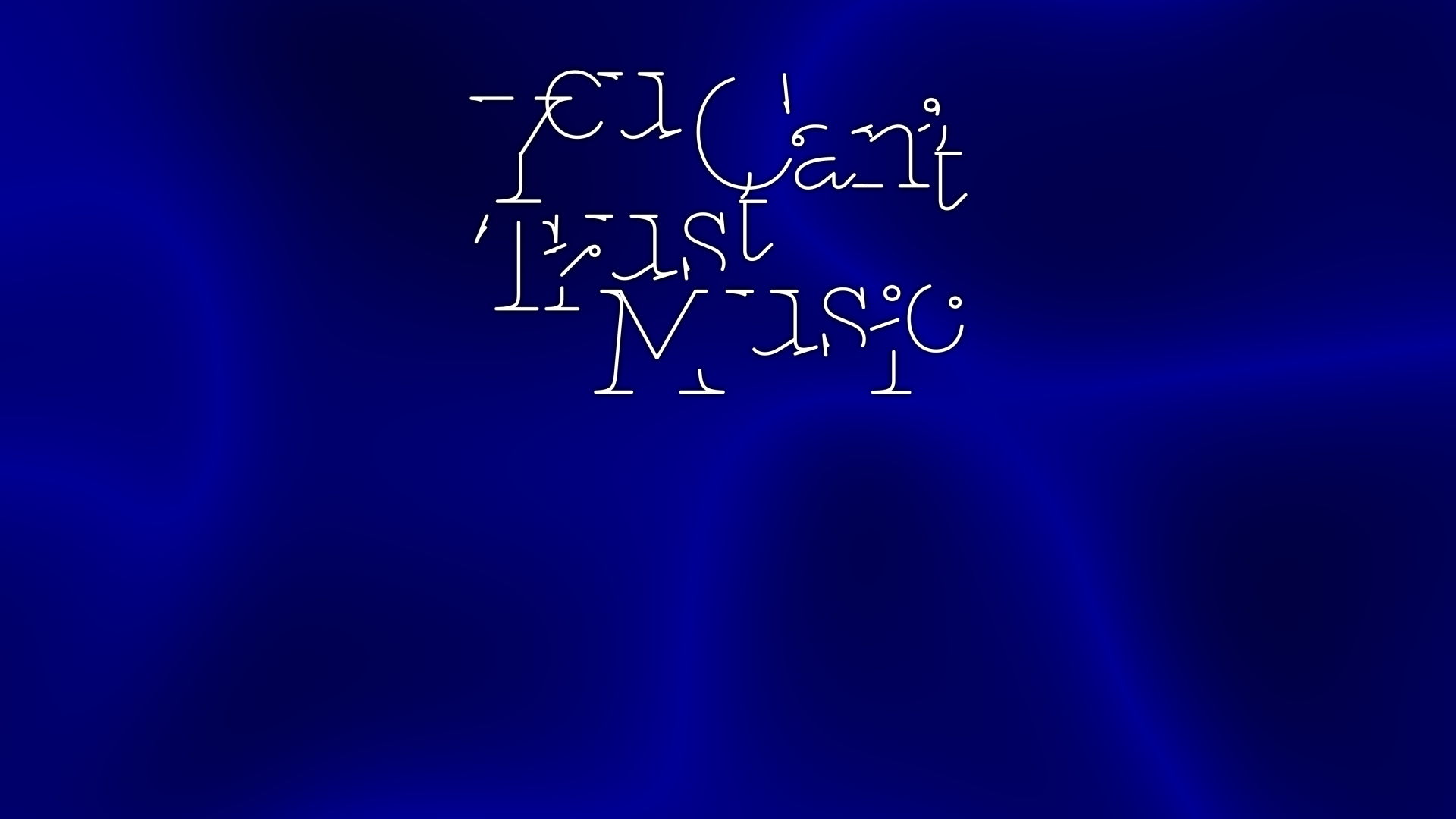
Unlike literature or art, music appears to be nonrepresentational, at least at first. “But music also is a place of sorts,” says musicologist Holly Watkins, “replete with its own metaphorical locations, types of motion, departures, arrivals, and returns.” Songs articulate distance, texture, and intent. They respond to the acoustics of landscapes and social structures; they are amplified in some spaces and dampened in others. By listening to sounds—and the way they have been transcribed, adapted, and memorialized—we can trace otherwise invisible political interventions into landscapes and soundscapes and, in return, understand these interventions as documents, instructions, or scores.
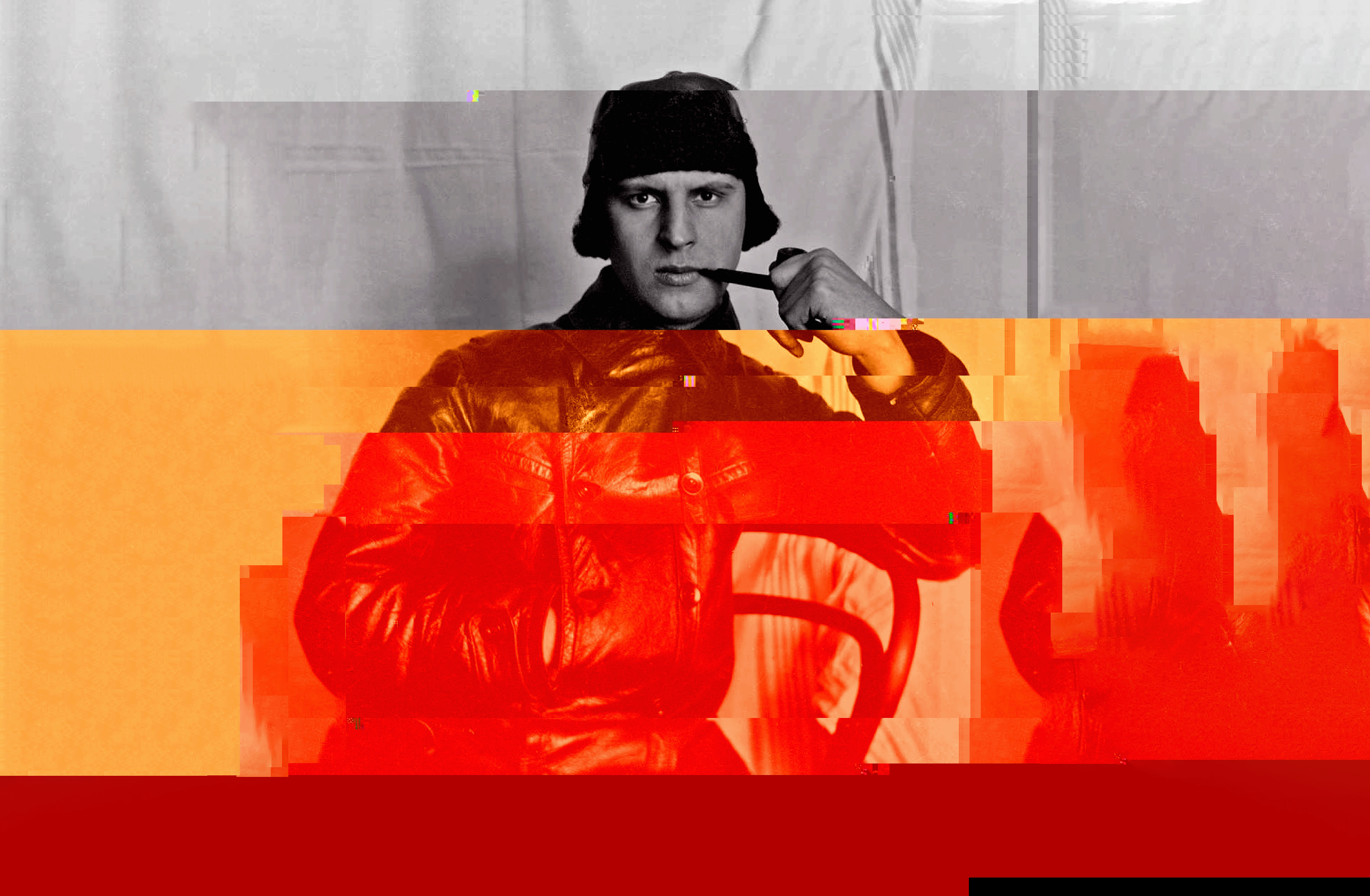
The history of avant-garde museology begins after the October Revolution, when the Russian champions of new art proposed the establishment of a network of Museums of Artistic Culture. Not much later, a group of New-York-based modernists and Dadaists started the Société Anonyme, a collective that sought to establish the first American museum of modern art. The successive chapters of this story were written by the Russian Constructivist El Lissitzky, who designed the Kabinett der Abstrakten at the Hanover Provinzialmuseum, and by the avant-garde a.r. group, whose efforts began the International Collection of Modern Art at the Łódź museum now known as the Muzeum Sztuki.
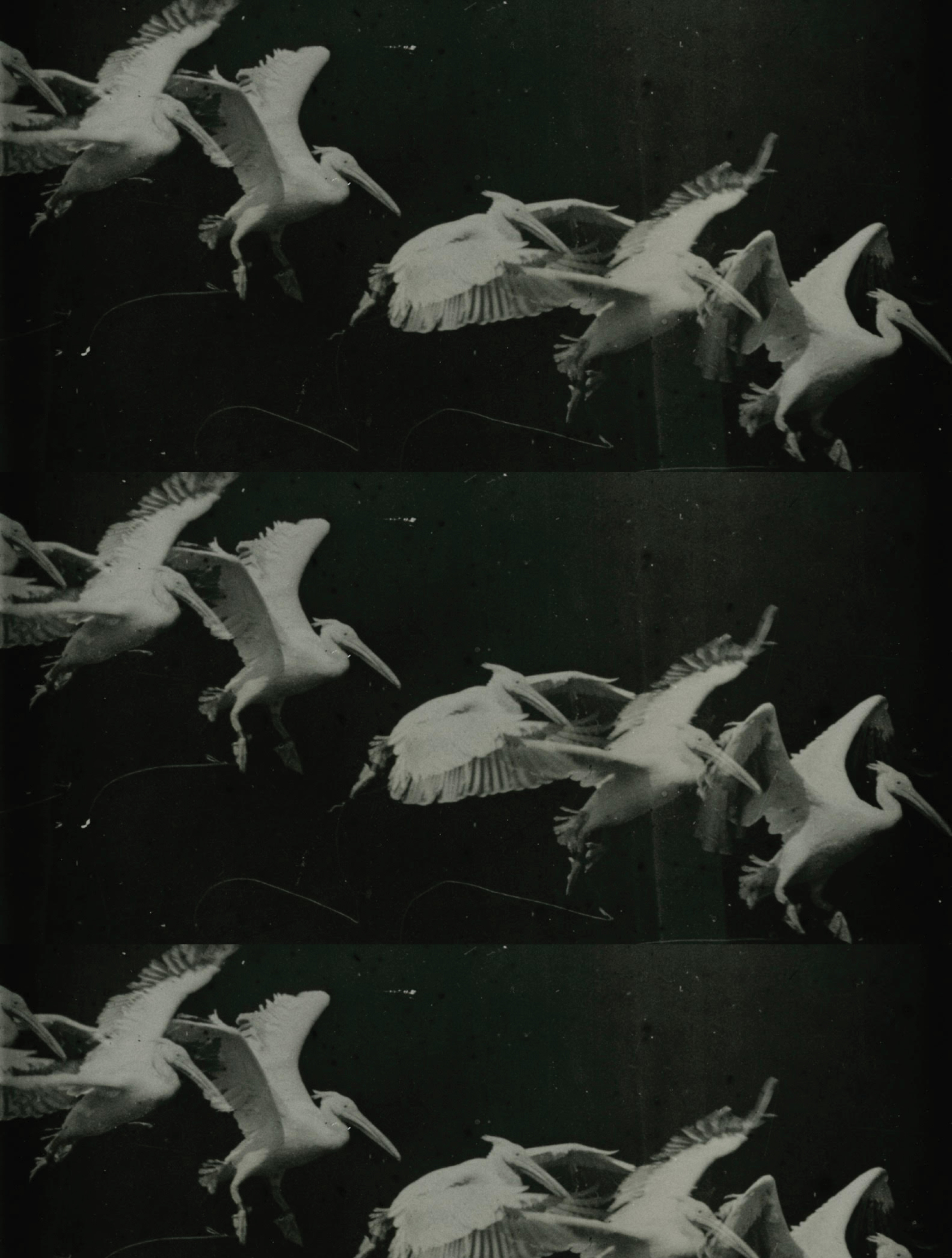
Animism on e-flux.com is a digital project that could also be a cinematic lecture, a speculative text performed by voices, images, and sounds, or a guided tour through an archive with multiple points of entry.
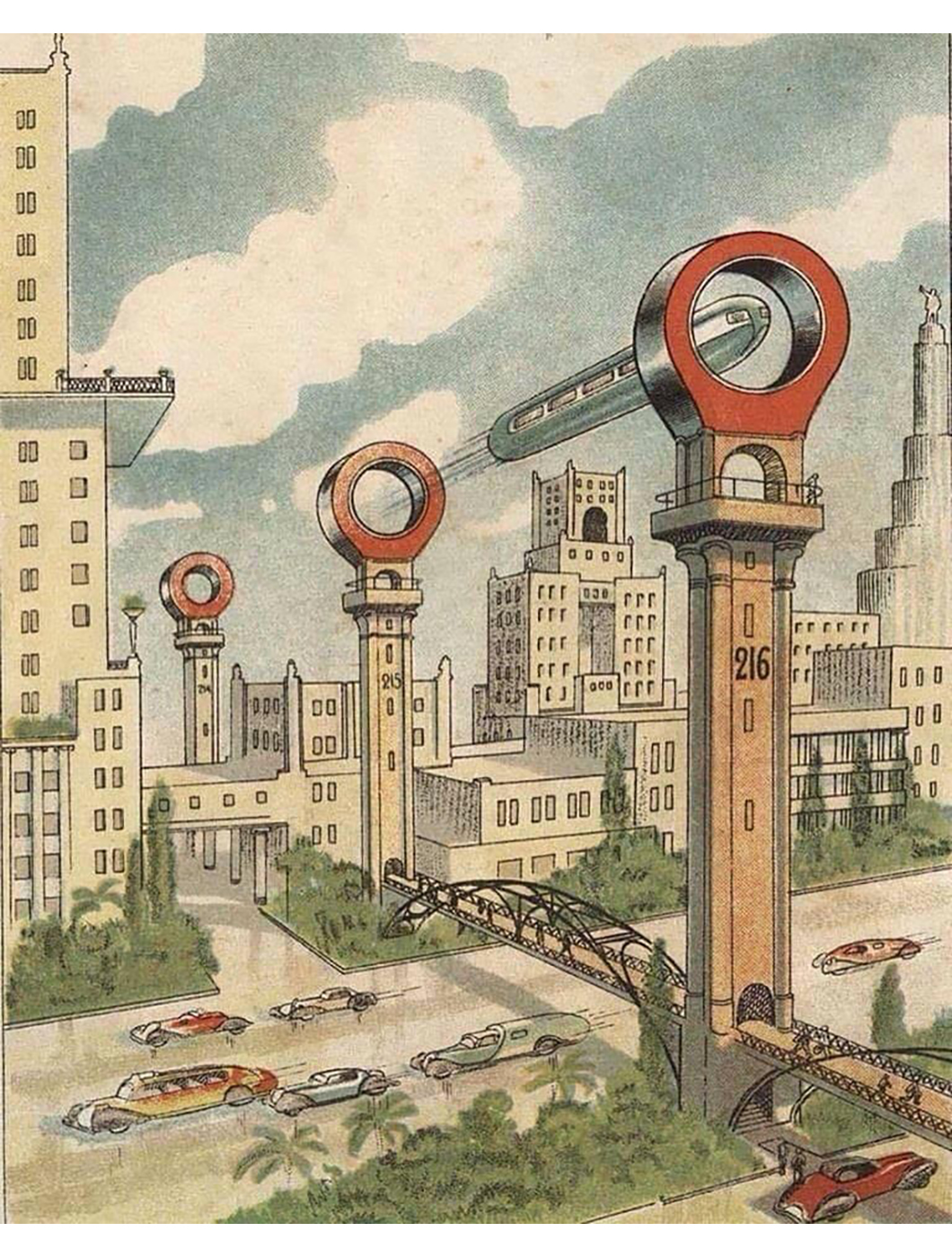
The Institute of the Cosmos is an ongoing collective research project founded in 2019. The Institute is a space for a creative investigation of the materiality of the cosmos and its strange universalism, from the perspectives of philosophy, anthropology, history of science, and art.
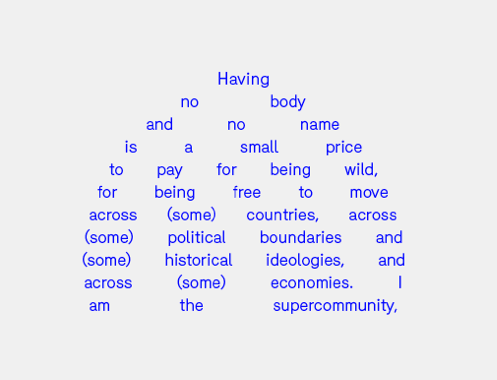
For their contribution to All The World’s Futures—the 56th International Art Exhibition: La Biennale di Venezia, the editors of e-flux journal created a single issue spanning from May to September 2015, with one piece of writing released each day.
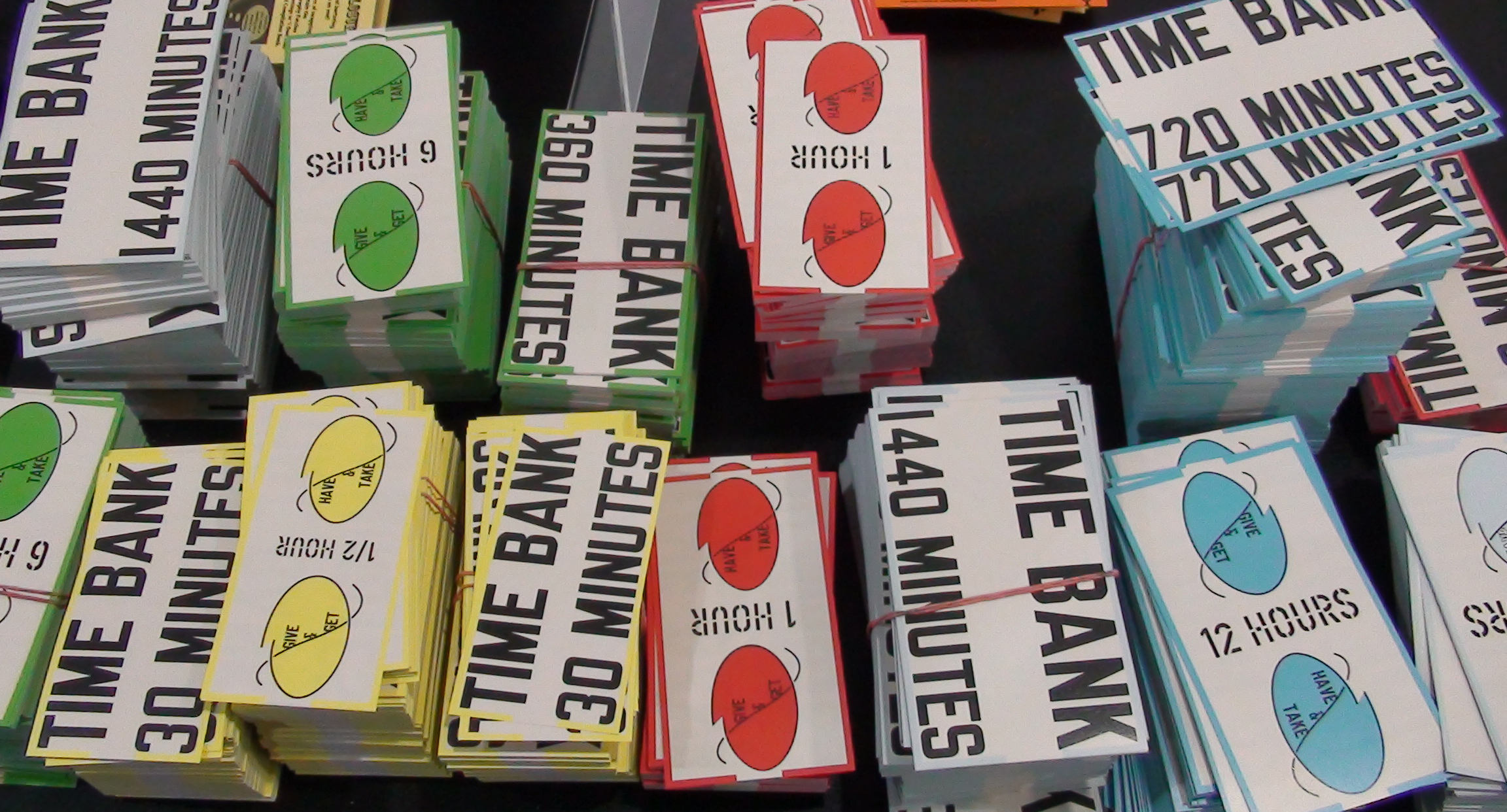
Time/Bank was a platform where groups and individuals could pool and trade time and skills, bypassing money as a measure of value. Time/Bank was based on the premise that everyone in the field of culture has something to contribute and that it is possible to develop and sustain an alternative economy by connecting existing needs with unacknowledged resources.
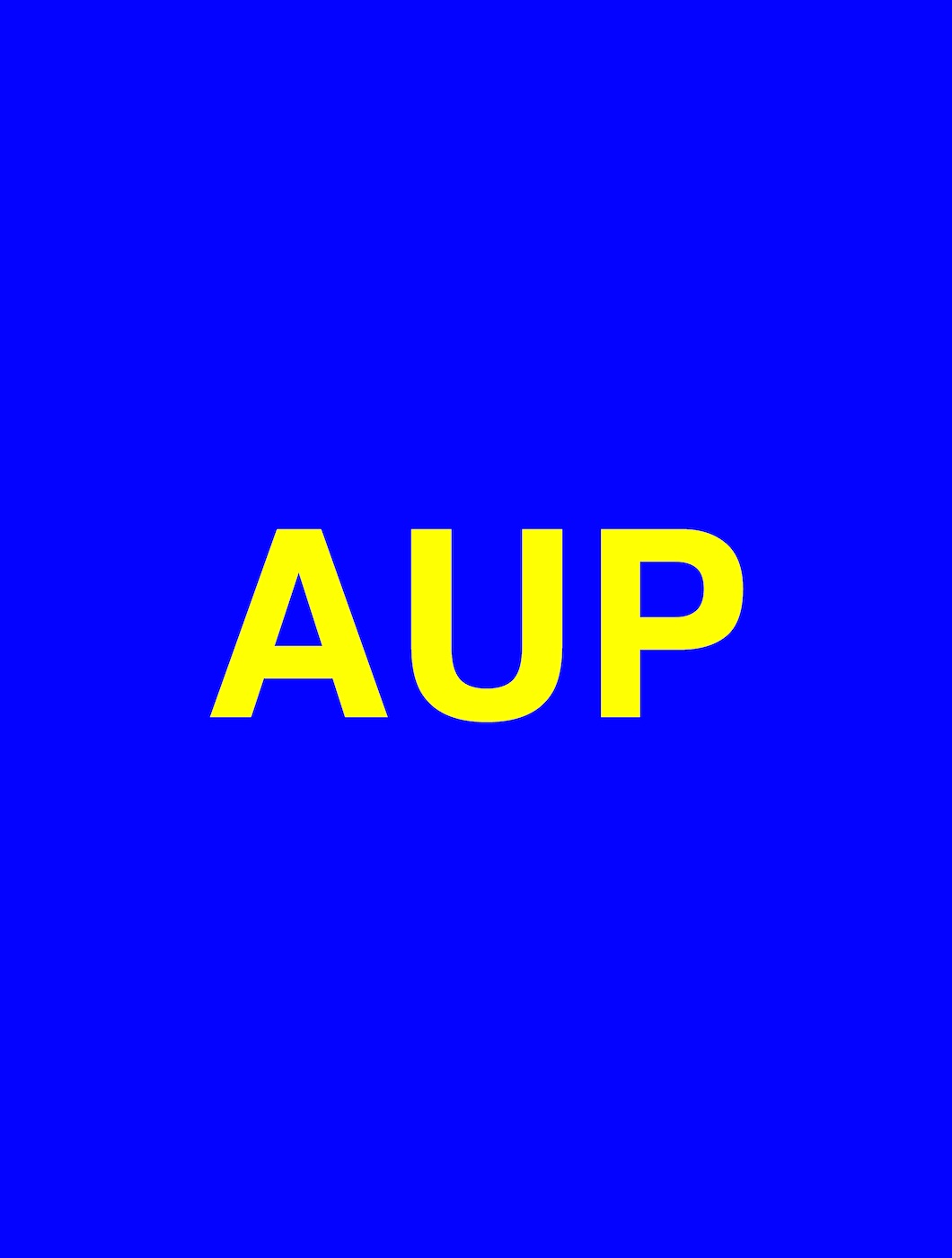
Agency of Unrealized Projects (AUP) is a public database of censored, forgotten, postponed, impossible or rejected art projects, by nearly 2000 artists. View online and submit your unrealized projects.

PAWNSHOP was a conversion of e-flux's Ludlow Street office space into a pawnshop dedicated to the pawning of artworks.
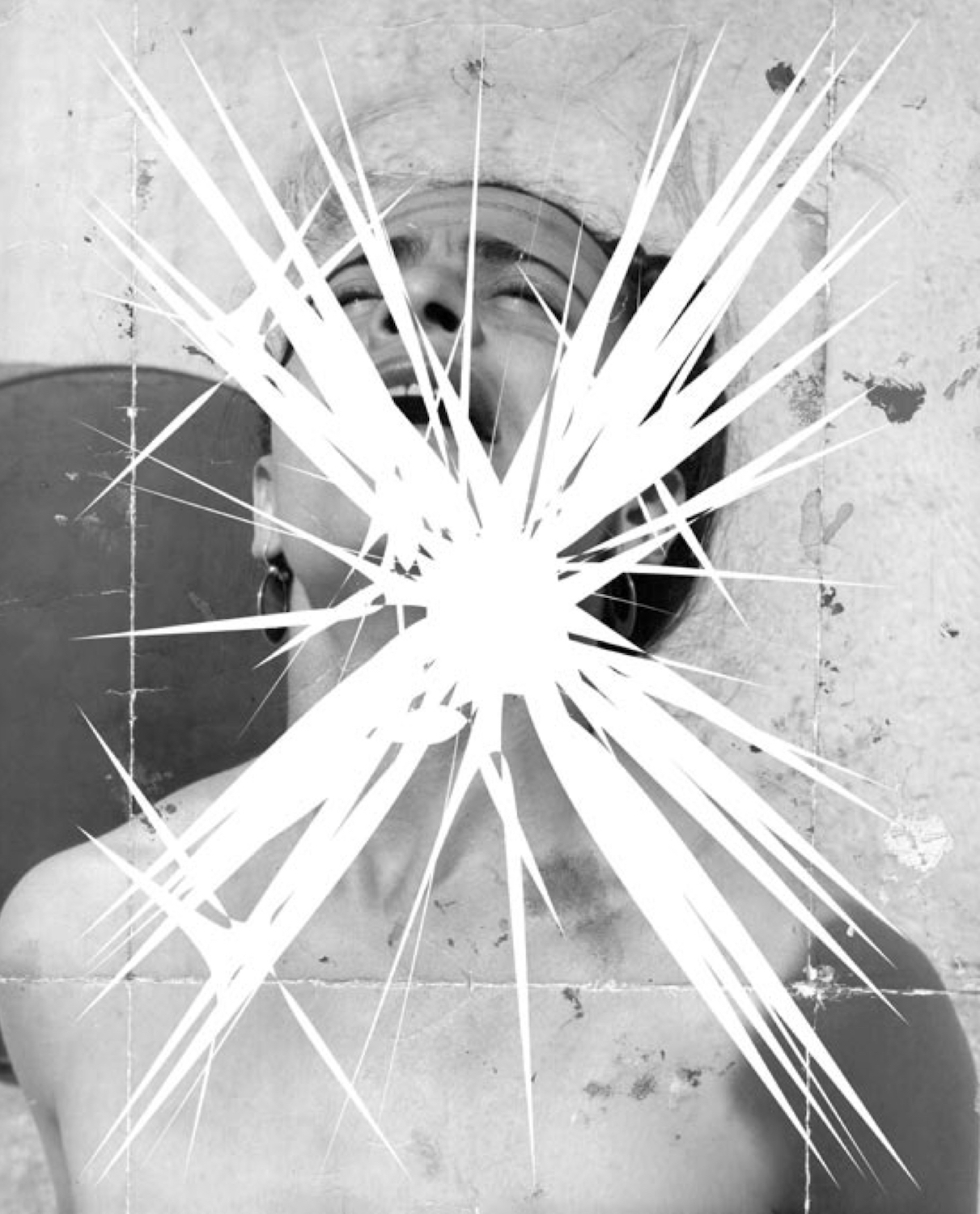
An Image Bank for Everyday Revolutionary Life, organized by Lauri Firstenberg and Anton Vidokle, was a multi-phase project that began as an online photographic archive that made publicly available for the first time over five thousand images from the 20th century. The source fo...

Report (Not Announcement) was a transitionary report on the state of mobility at the beginning of 21st Century comprising of accounts and documents submitted by 48 cultural producers from all over the globe. A project by BAK in collaboration with e-flux, curated by Binna Choi. Report is no longer active.
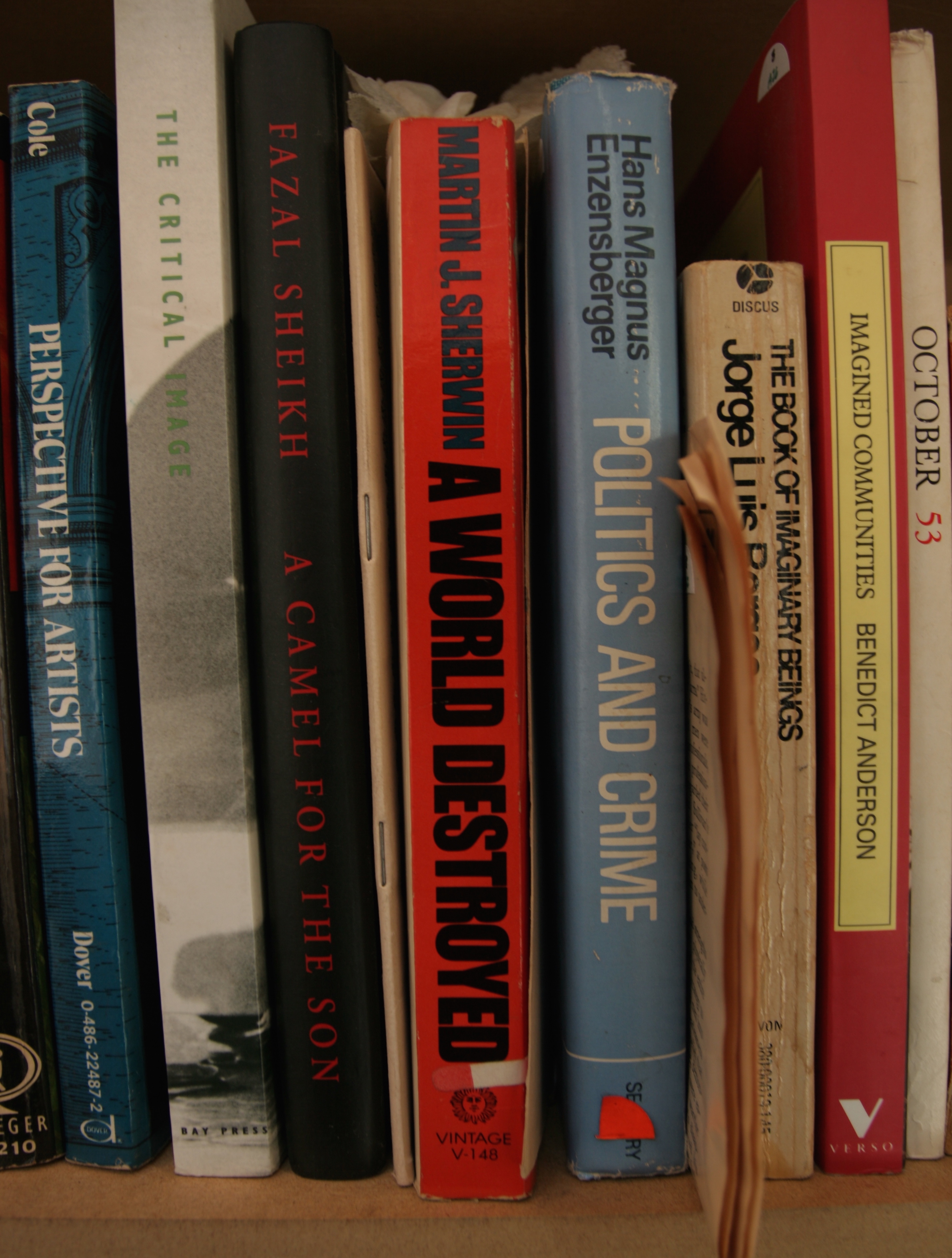
Martha Rosler Library: Comprising more than 7,000 volumes selected from the books at Martha Rosler’s residence and studio in Brooklyn and academic office in New Jersey, the library was accessible for the public use at e-flux’s Ludlow street location in NYC.

unitednationsplaza was a twelve-month project involving more than a hundred artists, writers, and philosophers in a program of public seminars, lectures, screenings, performances, and various projects. Located behind a supermarket in East Berlin throughout 2006-2007, the project traveled to Mexico City in 2008 and then was reconfigured as Night School in New York's New Museum for Contemporary Art in 2008-2009.
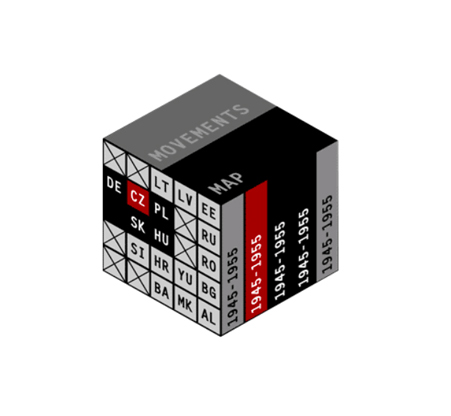
East.Art.Map: was a project developed by IRWIN of Slovenia and was a tool that lead you through the last 50 years of the visual arts in Eastern Europe. One could learn about 250 artists / events / projects proposed by 24 art critics / curators / artists and make suggestions.
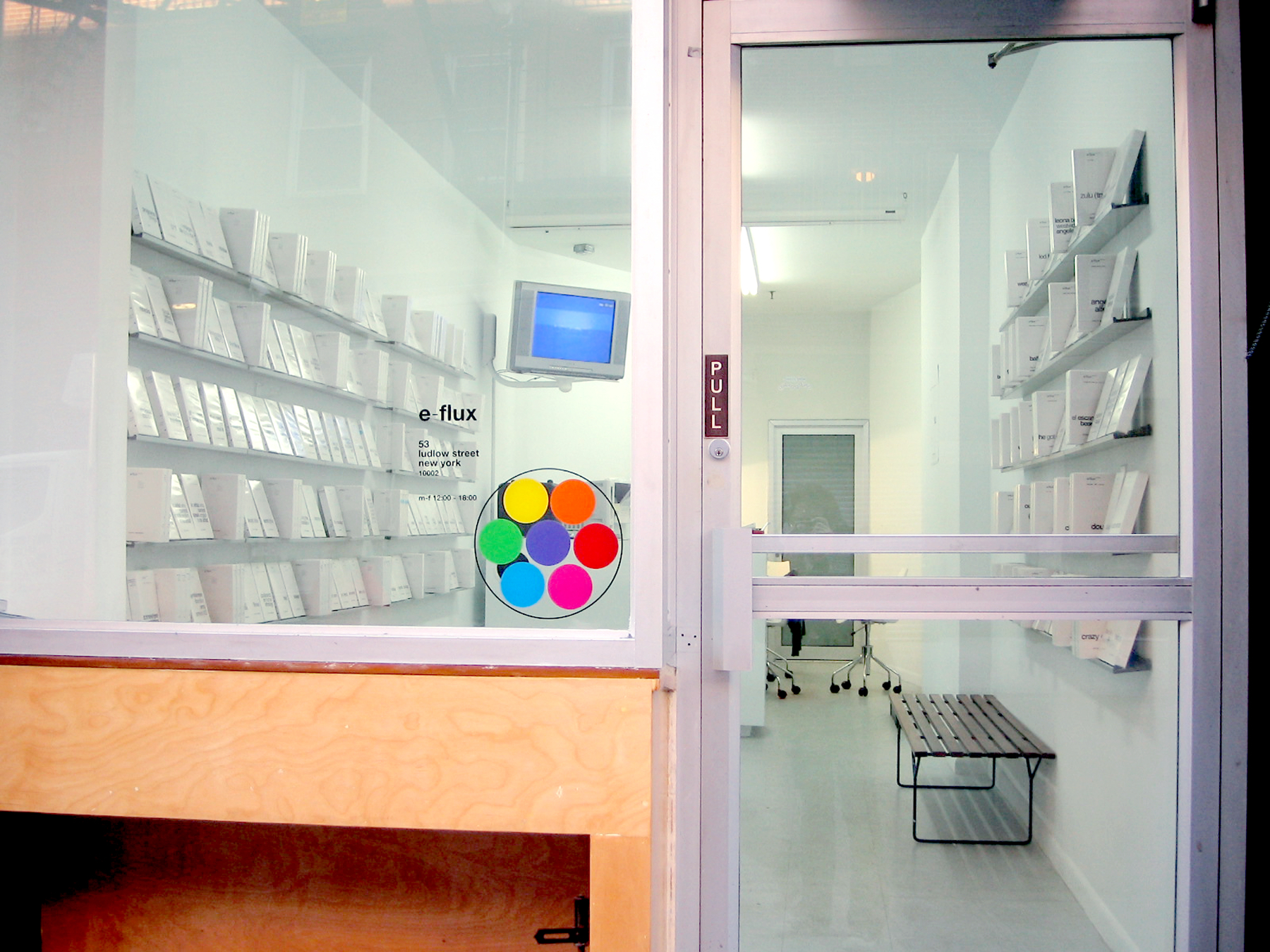
Conceived in 2004 as a video rental shop that operates for free, e-flux video rental was a project proposing an alternative means of distributing and circulating video art.
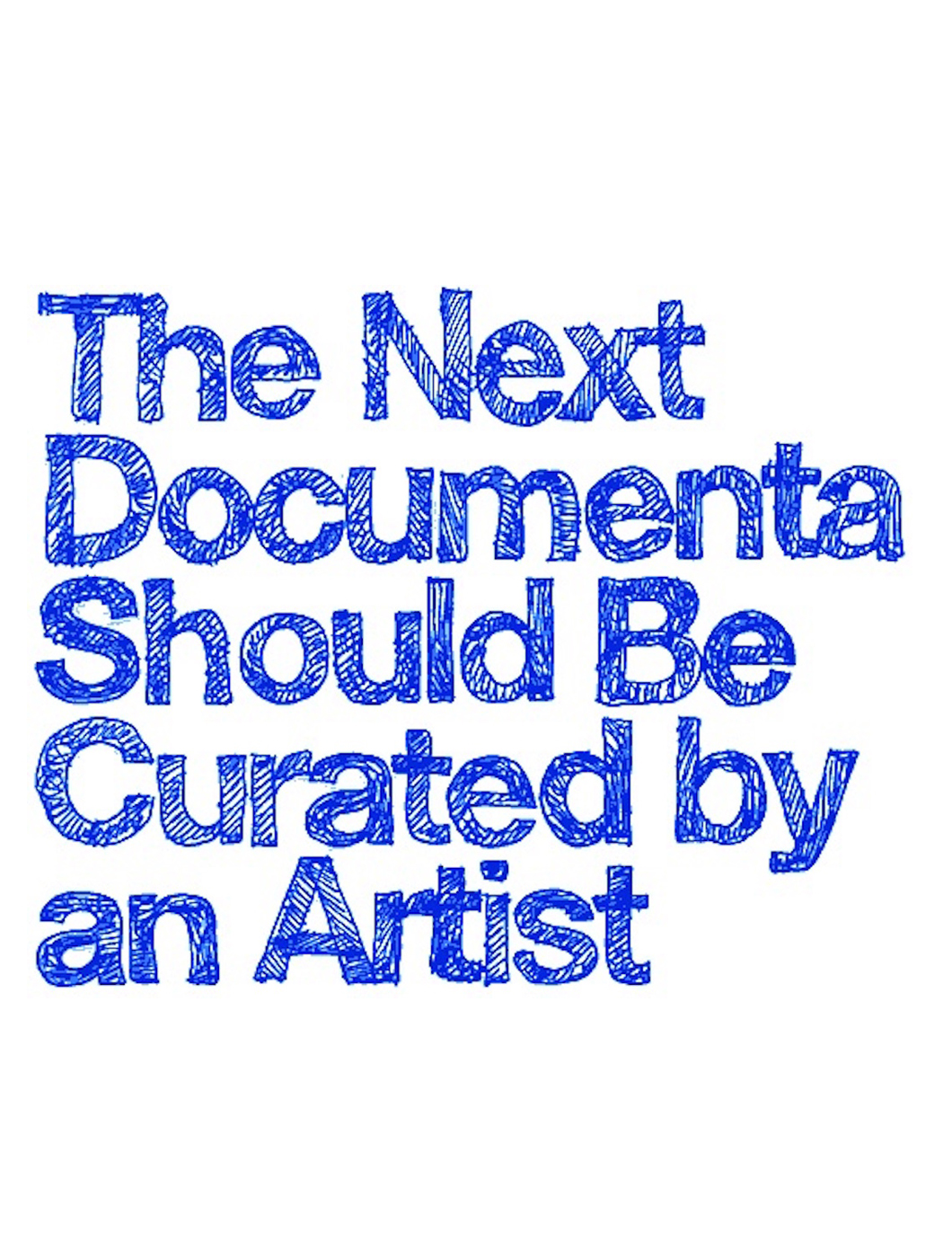
The Next Documenta Should Be Curated by an Artist, an e-flux project curated by Jens Hoffmann, featuring reflections of a group of artists upon the conditions of the relationship between artists and curators.
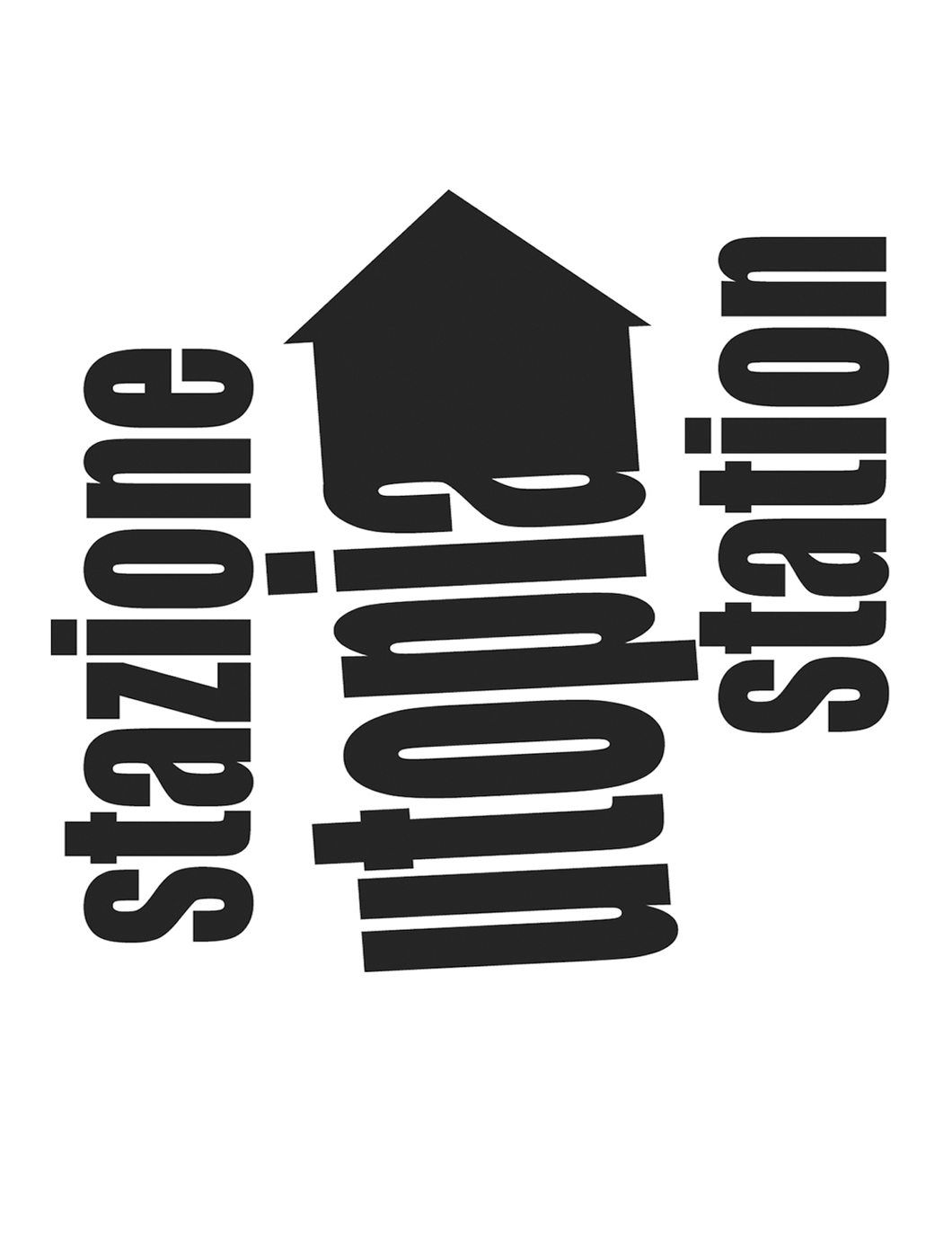
Utopia Station: posters by more than 100 artists. View them online, download the PDF and print them out. A 2003 Venice Biennal project, curated by Molly Nesbit, Rirkrit Tiravanija and Hans Ulrich Obrist.
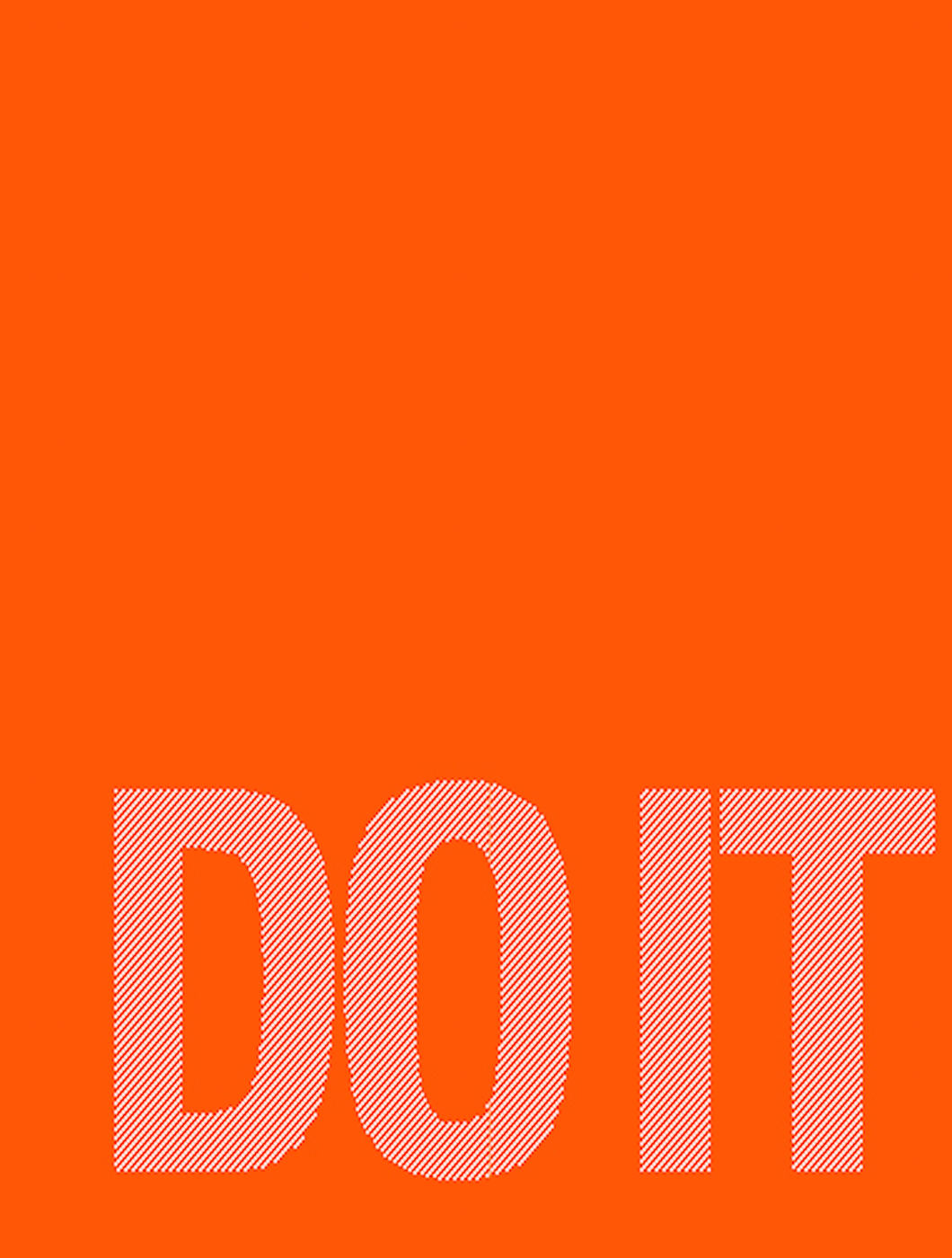
DO IT began in 1993 in Paris with a discussion among Christian Boltanski, Bertrand Lavier, and Hans Ulrich Obrist. DO IT is a manual of artist’s instructions.
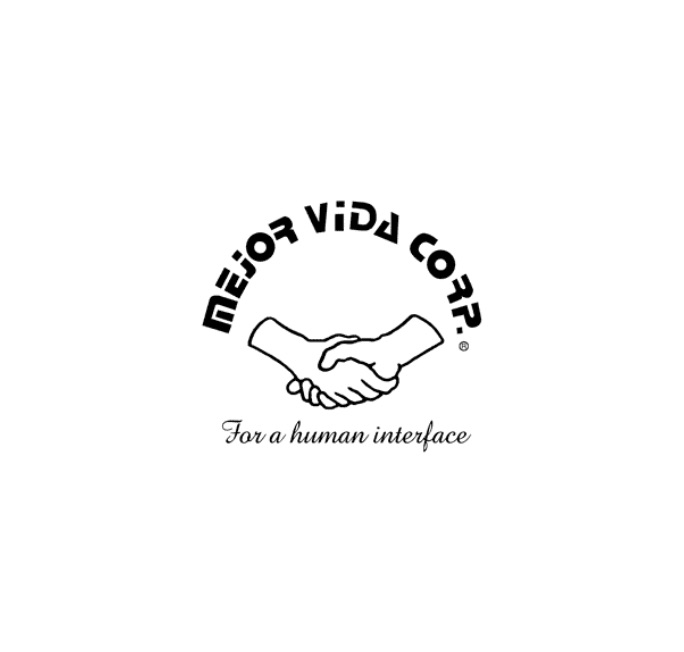
In 1998 the artist Minerva Cuevas launched an ingenious and complex ongoing economic fiction as a means of exploring the politics of contemporary hope: Mejor Vida Corp.